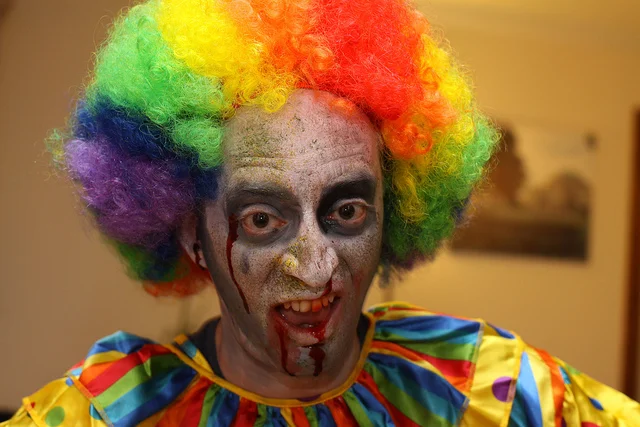You are driving home from work, eager to beat rush hour. You pull up to a red light intending to make a right turn on red before oncoming traffic approaches. You successfully make your right turn, however, you happened to miss the ‘no turn on red’ sign in your rush to evade the traffic! Now, a Michigan State Police officer has stopped you and has given you a $130 ticket for making an illegal turn.
Despite the pain of receiving a traffic ticket, Michigan drivers may actually have it better than drivers in 25 other states in the US. In each of these 25 states, at least one form of automated traffic cameras have been permitted to monitor traffic and automatically punish offenders. There are two forms of these traffic cameras: speed enforcement cameras and red light cameras. Each of these cameras is equipped with a trigger and a computer. As reported by PhotoEnforced, once a driver has committed a traffic violation by exceeding the speed limit or running a red light, the camera is triggered and automatically snaps a photo of the act. The snapshot and a traffic fine is then mailed to the owner about a month later.
According to The Detroit News, these automated cameras have proved extremely lucrative for some cities and states. Since first installing automated cameras in 2003, Chicago has raised $625 million from traffic fines alone! Using over 400 cameras, Chicago currently collects about $45 million from traffic violations annually. After being hired by the city to study the effects of the traffic cameras, Northwestern University (NWU) reported a 14% increase in rear-end accidents in intersections where cameras were present. NWU also found that the public perception of the cameras is that they are very unfair due to the “dilemma zone.”
As The Michigan Law Firm, PC blog previously discussed, the dilemma zone is the zone in which the yellow light turns red and the driver has to decide whether to brake immediately or drive through the intersection. To back up driver displeasure, NWU studies found that traffic violations are actually reduced if yellow lights are extended from three to four seconds. This time extension allows the driver more time to cross the intersection safely and avoid colliding with other cars.
All of the information collected in NWU's study is important because, according to The U.S. Department of Transportation's (USDOT) Federal Highway Administration, in 2015, vehicle travel reached an all time high with over 3.1 trillion miles traveled. Among the 6 states with the lowest fatality rate, 5 have all banned automated traffic cameras.
How Some States Deal With Automated Cameras
The Texas Transportation Institute supported the claim to lengthen yellow lights by reporting a 40% decrease in intersection car collisions when one second is added to yellow lights. Adding an extra second does not come without a cost, however. Georgia tried mandating the extension of yellow light signals too, but as a result, private companies running the traffic signals went bankrupt due to the decrease in traffic violations.
Some other states have been modifying their laws regarding the use of automated cameras. In Oxnard, California, after collecting over $2 million from traffic violations in 2016, a court found the city guilty of not extending yellow light times after it had been mandated by the state 2 years prior.
In North Carolina, almost all automated cameras have been removed after the state ruled that all profits are to go to school systems rather than private companies. On the contrary, after banning red light cameras in Virginia in 2005, the state reinstated the cameras in July of 2016.
Automated traffic cameras are less harmful to drivers when the yellow light is extended in their favor. Regardless of whether the traffic light is being run by a city or private company, when the yellow light is purposely shortened in an attempt to collect more revenue from tickets, the driving situation becomes harmful to the driver. In the case of shorter yellow lights, drivers have to decide whether to brake abruptly or proceed through the intersection and assume the risk of running a red light, both of which are actions that can result in dangerous car accidents.
Although Michigan does not permit the use of automated traffic cameras, the risk of being involved in an automobile accident at an intersection or traffic light is still prevalent. In some circumstances, the absence of traffic cameras could lead to drivers speeding more often and driving more aggressively at intersections. If you have been involved in any type of car accident, call The Michigan Law Firm, PC at 844.4MI.FIRM for a free consultation. Our accident attorneys are here to answer any questions you may have regarding any benefits you may be entitled to under Michigan law.











